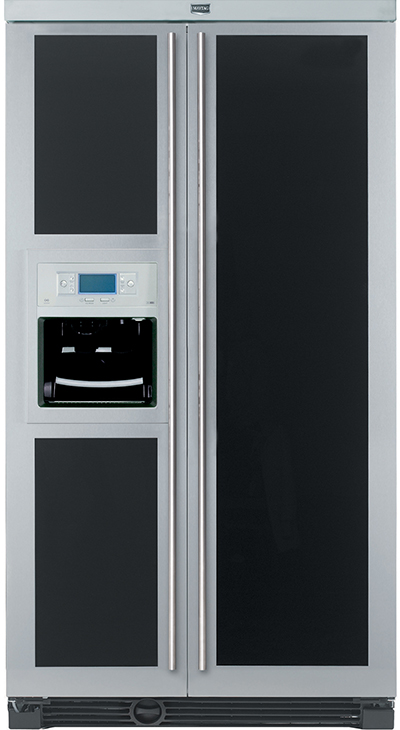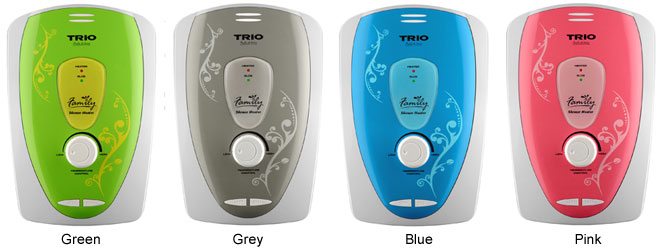 |
| Source: greenbiz.com |
Assalamualaikum to my loyal blog
readers; thank you for having the concern and conscience to save energy and use
energy efficiently as that is what brings you here, congratulations! Have you
had any changes in the amount of electricity bills so far due to the adjustment
you made to your life? I hope that all of you are benefiting from the steps and
measurements provided on my blog. Alhamdulillah, my very own housemates at my
apartment are also taking part in using electrical energy efficiently because
more and more people are concerned with unnecessary pocket money being wasted
on a daily basis. The tips here are provided by SEDA Malaysia, the implementer of the Feed-in
Tariff program for the development of renewable energy effort in Malaysia.
 |
| Source: http://earthtechling.com/ |
Today I would like to elaborate on
energy saving tips that you can apply at your house and the purchasing guides
that follows. Remember that purchasing and maintaining the condition of
electrical appliances at your house play equal roles in helping you save up
your monthly bills. Perhaps while you are reading this, look around your house
for the signs of energy wastage and try to control it.
Refrigerator and
freezer:
 |
| Source: homeappliances.wordpress.com |
Both
equipments are used throughout the year and they are considered the most
expensive items to run in the kitchen. Therefore they have the most energy
saving potential. The reduced energy bill for a new energy efficient
refrigerator or freezer would usually compensate the cost of replacement of an
old and inefficient one.
You
should be informed that an upright freezer uses more energy compared to a chest
freezer. On average the electricity bill for a chest freezer will be about RM
10 per month compared to RM 14 per month for an upright freezer. When leaving
for a holiday, be sure to empty and clean the refrigerator so that you can
switch it off and leave the door open. For those who have kids at home, inform
them that they should not open the refrigerator frequently and leave the door
open for a long time. If the temperature of the freezer or refrigerator is
correctly adjusted, a saving of 60kWh per year equivalent to RM 13 per year can
be obtained.
Kettle:
 |
| Source: www.kaleidoscope.co.uk |
Electric
kettle is cost-saving equipment as it uses less electricity compared to boiling
water in a traditional kettle on an electric hotplate. This is because, the
heating element in an electric kettle is placed directly in the water to be
boiled so heat loss is avoided. You can also use gas stove to boil water
because gas is cheaper and more energy efficient. You must choose appropriate
electric kettle size for your household because the bigger the size, the longer
the time takes to boil water. You must check and clean the heating element
regularly so that you can reduce energy consumption in the long run.
Oven and microwave
oven:
 |
| Source:/www.pinterest.com/pin/236439049160978146/ |
The
traditional oven is a heavy energy consumer so it has to be utilized in the
best possible way. Alternatively you should consider a microwave oven if it can
fulfill your cooking requirements. It is definitely efficient, simple to
operate and saves energy. Microwave oven saves up to 75% of energy for cooking
compared to a conventional electric oven because of its lower power demand and
quicker cooking time. They are also useful for heating or re-heating food
quickly and can save up to 10-25%.
You
need to thaw frozen food before cooking as this will save energy and can ensure
that your food is cooked evenly. You must plan your meals and cook several
dishes at one go because you can save up to 60% of electricity if you are using
electric stove.
Cooker hoods:
 |
| Source: www.ebay.co.uk |
Cooker
hoods do not cost much to run but they will extract heated air out of the house
quickly. Turn them off as soon as the job is done and choose energy efficient
cooker hoods. Efficient cooker hood that uses high performance motor will save
more energy and lasts longer.
Water heater:
 |
| Source: triokaden.com |
There
are two types of electric water heaters namely instant water heaters and
storage water heaters. Instant water heaters heat water as it is used while a
storage type of heaters store heated water for later use and tend to waste
energy. You must choose instant water heater because it consumes less energy
and switch off the heater after use. It could be better if you can opt for solar
storage water heaters that do not consume electrical energy at all.
Encourage
your family members to have quick showers instead of baths because less hot
water is used.
Washing machine:
 |
| Source: www.telegraph.co.uk |
A
washing machine is a must-have electrical appliance to alleviate house chores.
Selecting the right size and appropriate features will definitely help to save
your money. Top loading automatic washing machine consumes less energy than the
front loading automatic machine. Make sure that you wash your clothes at full load
as it can help save water and energy at the same time. Use optimum temperature
setting and avoid hot washing cycle if possible.
Iron:
 |
| Source: newsroom.electrolux.com |
An
electric iron can be an “energy guzzler” if it is not used optimally as it has
a demand load of 1000 Watts. You should be aware that a steam iron consumes
more energy than dry iron. A lighter iron will heat up quicker and use less
energy while a heavy iron takes longer time to heat up. To save up electricity,
please iron low temperature fabrics first to reduce the warm-up time and switch
the iron off before finishing the last garment. Iron large batches of clothing
at the same time to avoid wasting energy in reheating.
| Source: www.seda.gov.my |
SEDA
Malaysia aims to disseminate as many information regarding energy efficiency
and sustainable energy effort in Malaysia. Most of you realize that you can
generate side income if you are registered under the Feed-in Tariff program and
this is done by producing your own electricity at home. Malaysia’s Feed-in Tariff system requires the Distribution Licensees
(DLs) such as Tenaga Nasional Berhad and NUR Distribution Sdn. Bhd. (NUR) with this year's addition of Sabah Electricity Sdn. Bhd (SESB) to buy from renewable
energy producers the electricity produced by them. FiT rates are set by SEDA
Malaysia with approval from KeTTHA to pay for the renewable energy
supplied to the electricity grid for a specific duration. By having access to
the grid and setting a favorable price per unit of renewable energy, the FiT
mechanism also ensures that renewable energy becomes a viable and sound
long-term investment for companies, industries and individuals. This can happen
very easily if consumers are registered under SEDA Malaysia as one of the
producers of renewable energy through solar panels, small hydro power, biomass
and biogas at their homes or private lands.
 |
| Source: http://www.justundi.com/?page_id=2 |
The Cabinet has
also agreed for the surcharge on consumers’ electricity bills that has been
gazetted and collected from consumers. The 1% surcharge is
needed to achieve the target capacity of renewable energy in the long run. As
of 2013, 1% surcharge was imposed on all electricity customers and domestic
electricity consumers are obliged to contribute to the surcharge only if their monthly electricity consumption
exceeds 300 kWh or RM 77 a month. This money is channelled into the Renewable
Energy Fund and administered by SEDA Malaysia to pay the premium Feed-in Tariff
rate to those producers who generate electricity from renewable resources at
homes or in industrial companies. However, as of January 2014, this surcharge increases
by 0.6% to be 1.6 % for current electricity users. This increase will also
affect the consumers in Sabah and Wilayah Persekutuan Labuan as they are
charged with 1.6% of their electricity bills for the first time. Please refer
to www.seda.gov.my for more news and information about this
tariff. Thank you for reading this blog post and I will see you soon
insyaallah. Take care and God bless.

No comments:
Post a Comment